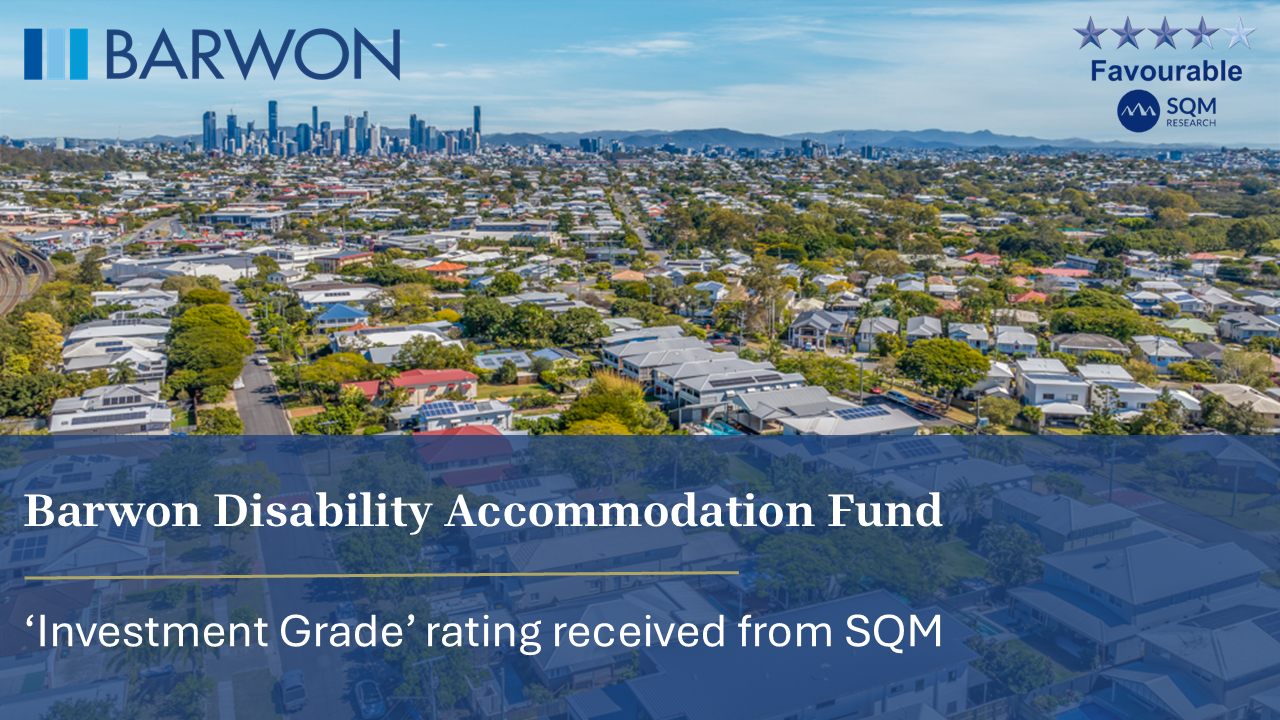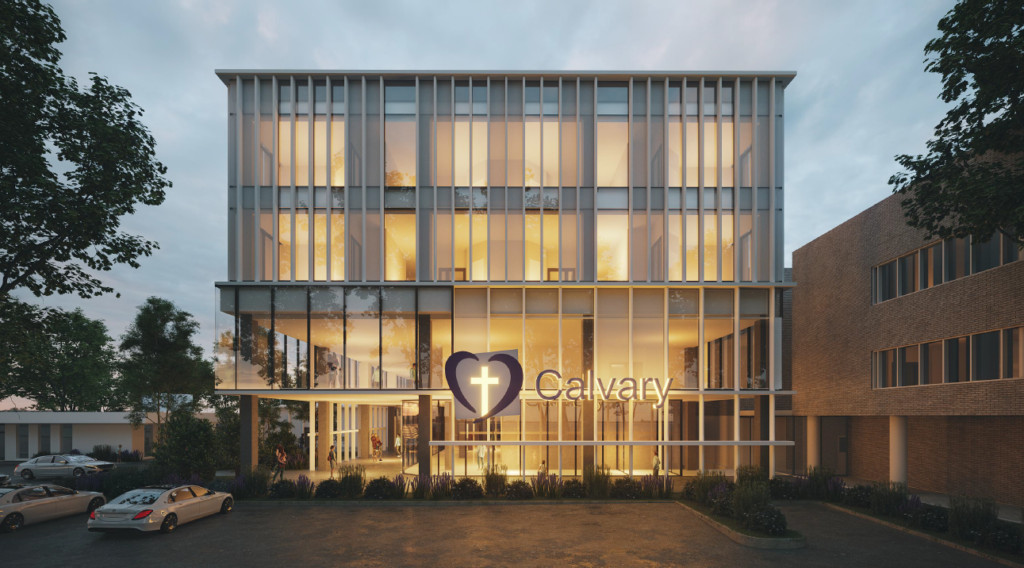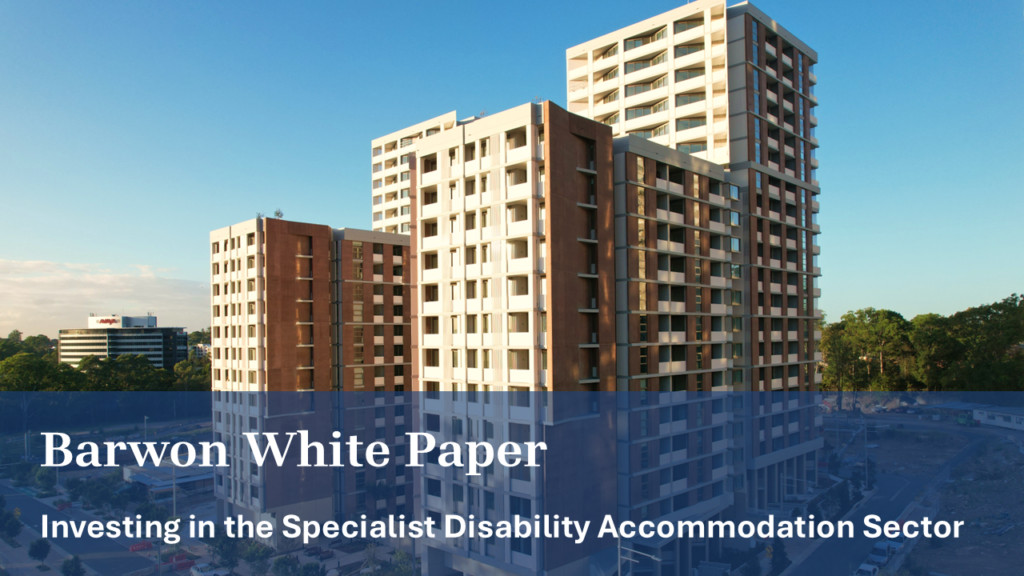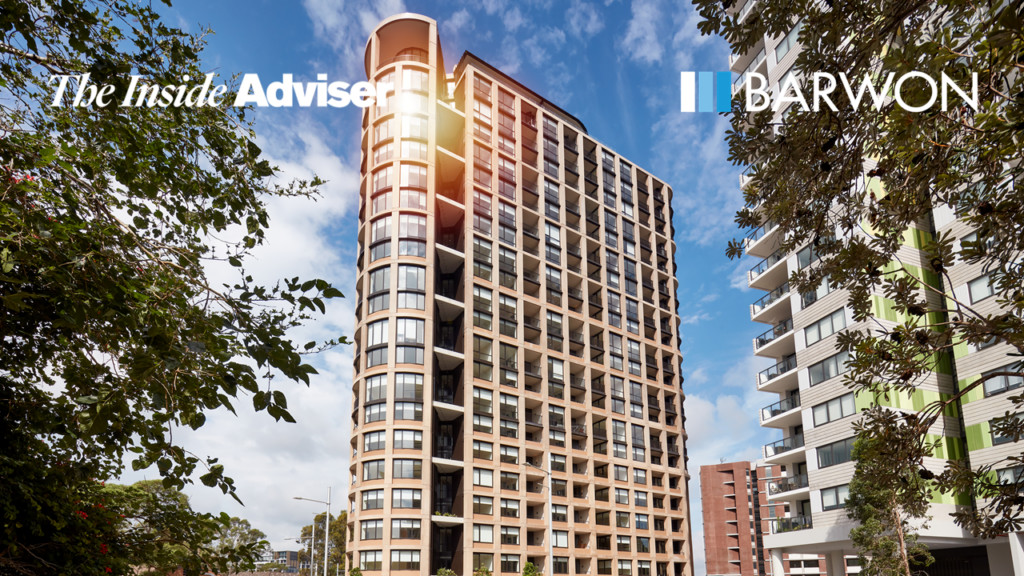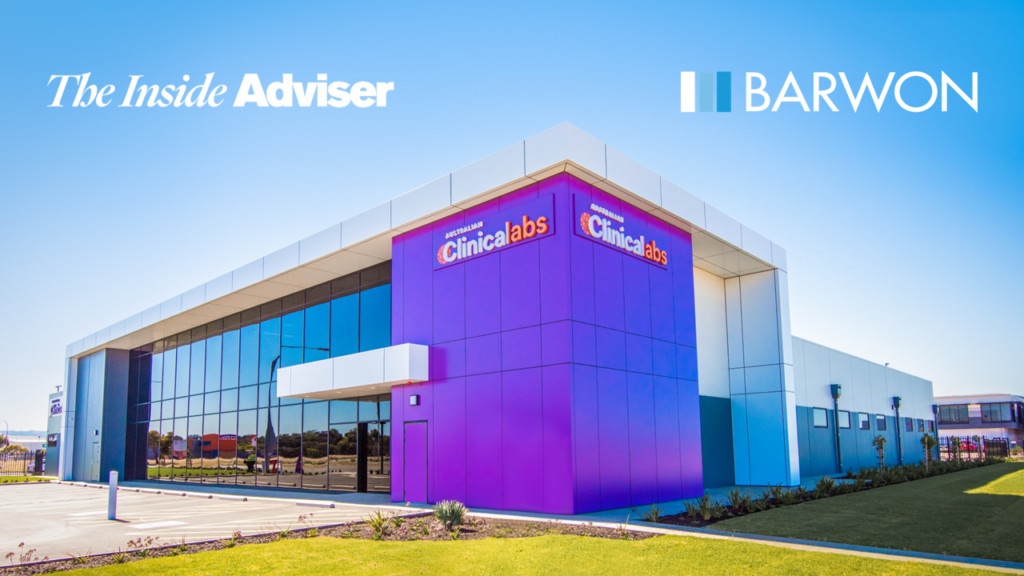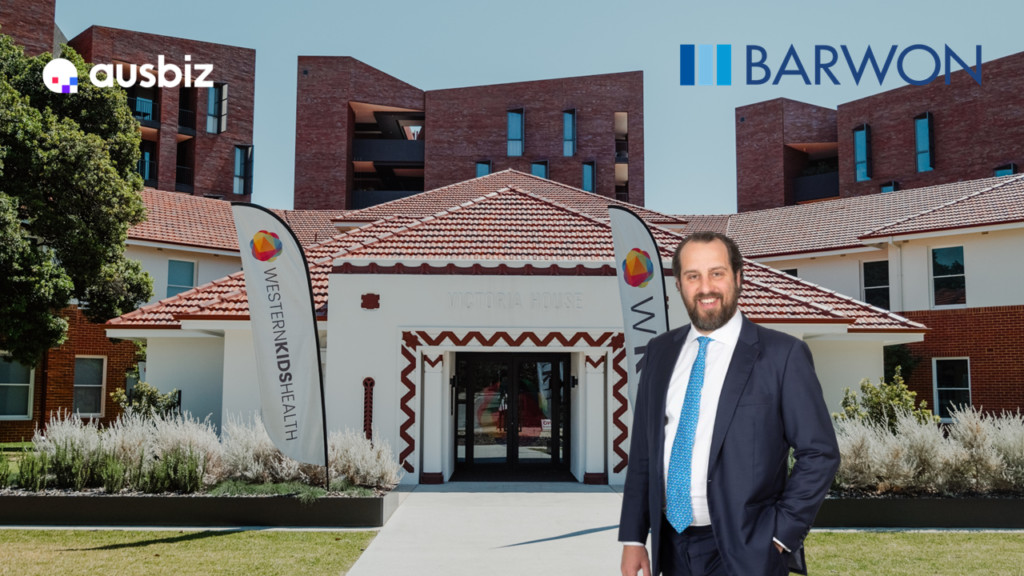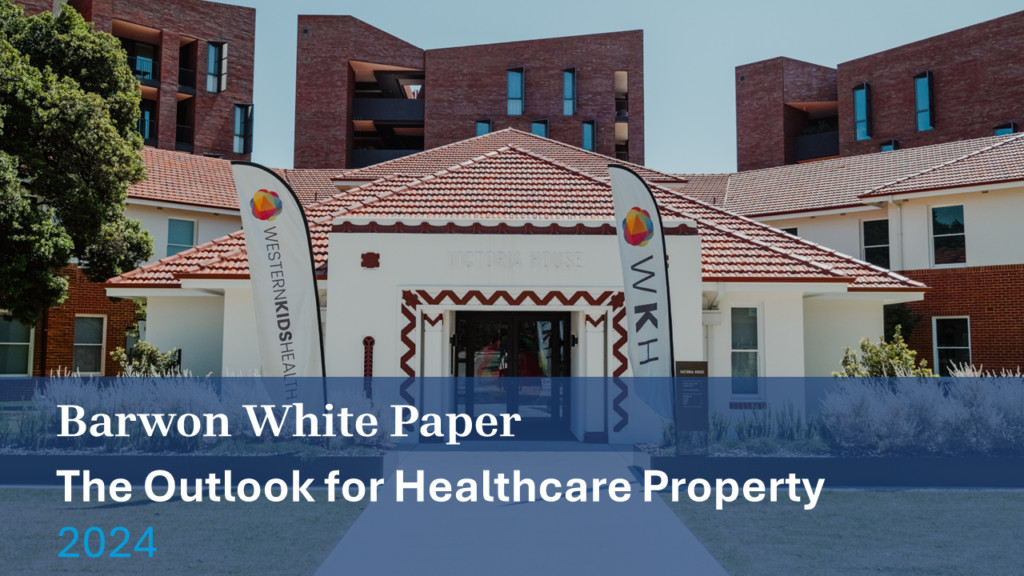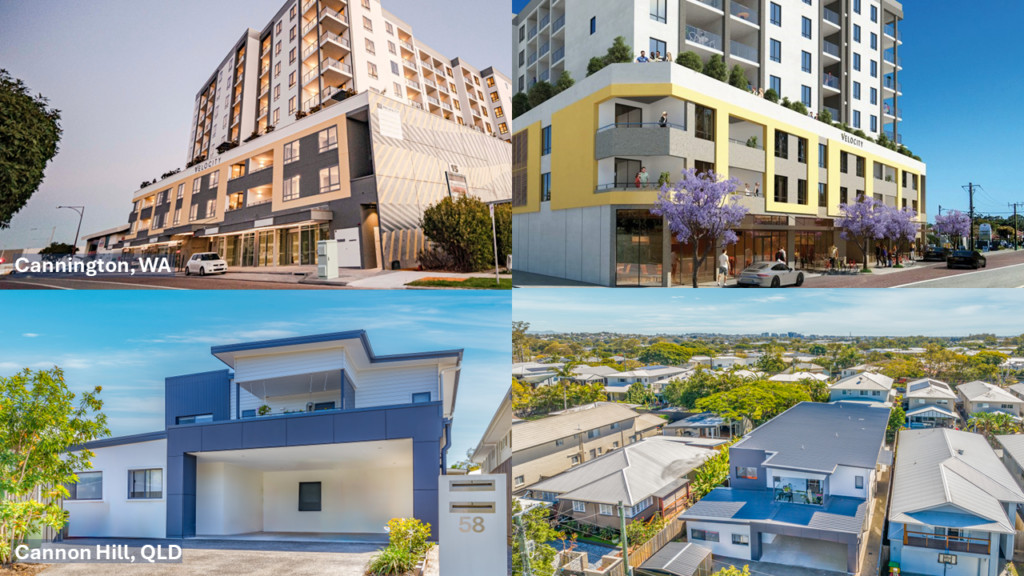Interest in the $125 billion healthcare sector is ramping up as yield-hungry investors hunt for higher-income generating assets.
Yields have tightened to an unprecedented average 6.4 per cent, according to new research by CBRE.
The government subsidised healthcare sector, which includes hospitals, medical centres, pathology labs and service-related offices, is attracting a new wave of local and offshore investment, lured by Australia’s growing, and ageing, population.
Healthe Care Australia is moving ahead on the second $250 million stage of its project in Epping, Melbourne’s burgeoning northern suburbs, announcing HSPC Health Architects will design the new 360-bed hospital.
Sydney-based fund manager Barwon recently announced a new $100 million private hospital in Penrith in Sydney’s outer west while Dexus last year launched a new $760 million fund, seeded with a $370 million deal to develop the Calvary Adelaide Hospital and Healthcare Centre.
Advertisement
CBRE senior research manager Danny Lee said “With returns so low for so long in other sectors, investors are chasing higher yields. They’re getting greater returns here and the risks are lower.”
Yields have contracted from 9.4 per cent in 2010, falling 330 basis points compared with a 220 bps contraction for the office sector.
The spread between office and healthcare has historically averaged 180 bps but it narrowed to just 80 bps late last year.
“Australian property generally is at the bottom of the yield curve but if you look at the fundamentals of private healthcare, it’s probably going to compress a little bit more,” Mr Lee said.
Private hospital real estate investment returned an average 16 per cent over the past decade, recording a staggering 25.4 per cent total return last year compared with the office market’s 13.4 per cent.
“Capital growth is the primary driver especially in the past three years,” he said.
Barwon portfolio manager Tom Patrick said there are solid factors underpinning healthcare real estate broadly, not just hospitals.
“It’s a dynamic sector. Vacancy rates are very low, leases are longer and we’ve got an increasing and ageing population – the more population, the more services are required,” Mr Patrick said.
Last December, Barwon paid $23 million for the Harvester Centre in Sunshine in Melbourne’s west on a 6 per cent yield. The heritage property is leased to Melbourne Health and a host of other health-related services.
One of the key drivers is the change in how private hospitals are owned and how public hospital projects are funded.
Hospital operators have historically owned their hospitals on freehold sites but the model is changing especially as hospitals reach their lifespan. More sale and leaseback agreements are expected and more public-private partnerships for the public sector.
The report shows the number of private hospitals increased 24 per cent to 630 over the past 15 years ago, with the sector now making up 47 per cent of all hospitals compared with 40 per cent in 1999-2000.
The intense investment interest in the healthcare sector comes as the number of people with private health insurance reached a peak of 47 per cent in 2015-16 but has since declined with younger people leading the exodus.
